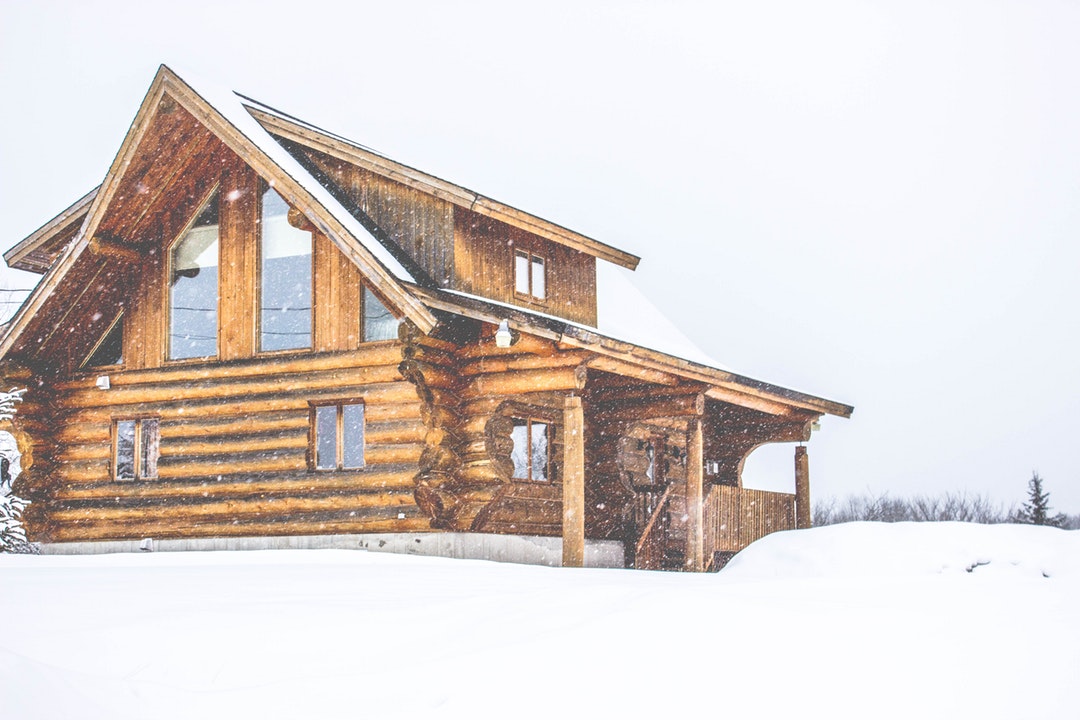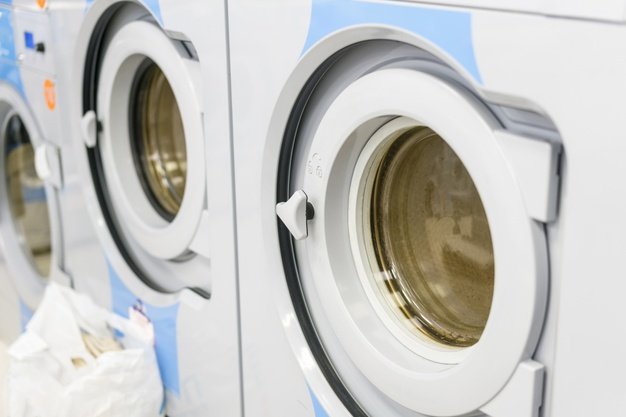Your company’s reception counter is one of the first things that your customers will see when they walk in the door. Here are some ways that we feel that you can ensure that it sends the right impression:
1. Build One Yourself:
Building one yourself allows you to have total control over the appearance of the desk, and this can help to ensure that it looks as good as possible. If you choose to build the deck yourself, you’ll need to make sure that you have the right materials.
You can follow this guide to see a do it yourself desk being built. Here are some types of desks that we feel that you may be interested in building yourself:
- Laminate Materials: Some laminate materials have an appearance that is very similar to real wood.
- Wood: It’s possible to make your own desk out of wood, but this option is best if you have some level of skill with woodworking and carpentry.
- Kits To Assemble: There are kits that allow you to build your own desk, and they come with instructions. This will ensure that the desk is put together properly.
2. Get A Custom Built Desk:
Custom built desks can have all of the appeals that’s associated with one that you build yourself. Here are some types of custom built desks that we feel could make a great impression:
- Custom Built Desks Made Out Of Wood Only: Desks that are made out of real wood are especially likely to impress your customers, and there are many different types of wood that you can choose from. If your business does any work with the environment, it’s often best to choose real wood, and this will be likely to make your company more attractive to prospective customers.
- Marble Desks: Marble is known for its exquisite beauty, and desks that are made out of this material can be exceptionally impressive. However, their price tag can be quite high, but this is often a good pick for high-end businesses.
- Granite Desks: Granite is another well-known material that is used to make desks and countertops. While it also has a striking appearance, it is somewhat less expensive than marble.
- Metal Desks: If you choose a metal desk, it’s often essential to have it painted. If it is not painted, you’ll want to ensure that it is made of shiny stainless steel.
- Brick Desks: You may not have thought of brick as a material for your desk. However, brick can make excellent material for them, and it’s used for one of Google’s desks.
3. Get One Pre-Made:
While these designs on these desks can be bit generic, some of them are quite impressive. Here are some examples of excellent pre-built desks that we feel that you might want to consider:
- The NBF Signature Series Esquire Desk: This desk wraps around, and it is quite large. It is made of laminate, and there are two color options to choose from. It’s available for less than 1,800 dollars.
- The NBF Double Compass Reception Desk: This desk is somewhat similar to the Esquire Desk, but it is a bit thinner and smaller. The color is also slightly different, and it’s available for around $1,400.
- The NBF Tower Reception Desk: This reception desk is designed to provide an impressive appearance for business owners. It’s available for around $2,000.
- The Office Depot Reception Stations Single Marque: This desk is exceptionally affordable at less than $1,200, and it is made out of walnut.
If you’re interested in getting a pre-made welcome desk, consider buying one from us at this link!
4. Consider Buying A Used Desk:
If you’re put off by the high price tags of pre-made desks, you can consider buying one used. Luckily, it’s possible to buy a used desk on eBay, Amazon, and other e-commerce websites. These are some common types of desks that we feel you might want to consider buying used:
- Wooden Desks: If you get a used wooden desk, it’s essential to make sure that you choose a product that is relatively free of scratches and dings. However, you’ll also need to make sure that it doesn’t have a different company’s name carved into it.
- Metal Desks: Metal deals tend to be quite durable as long as they are rust-resistant.
- Stone Desks: Desks that are made out of stone tend to be exceptionally durable, and the most important things to look for when you’re buying a used one is that it doesn’t have any dings. However, it’s also important to make sure that the stone desk doesn’t have anything carved into it.
You may want to consider buying a used desk locally, and that’s because you could save a lot of money. Having a used desk shipped can be a significant expense.
Read Also:























